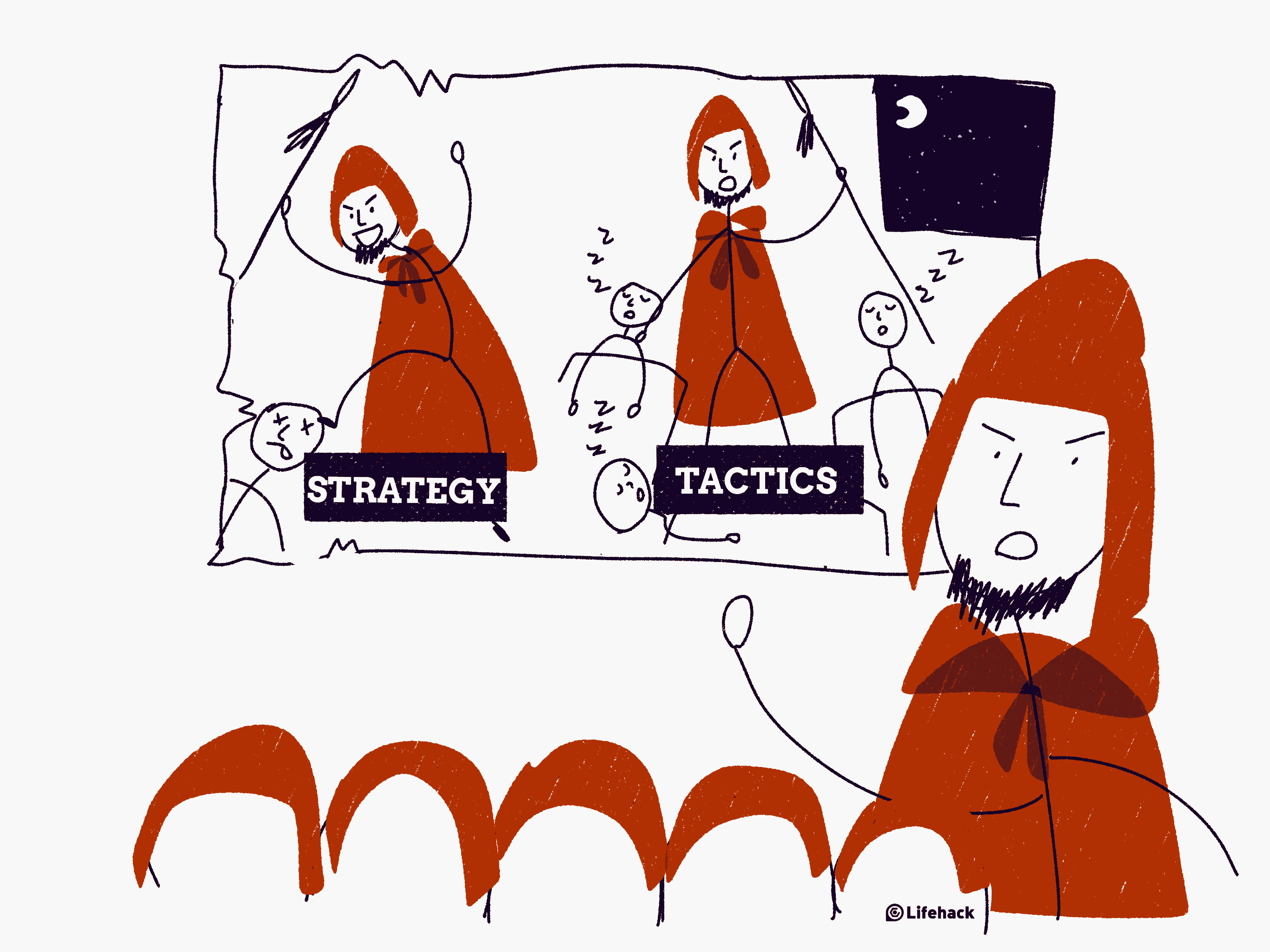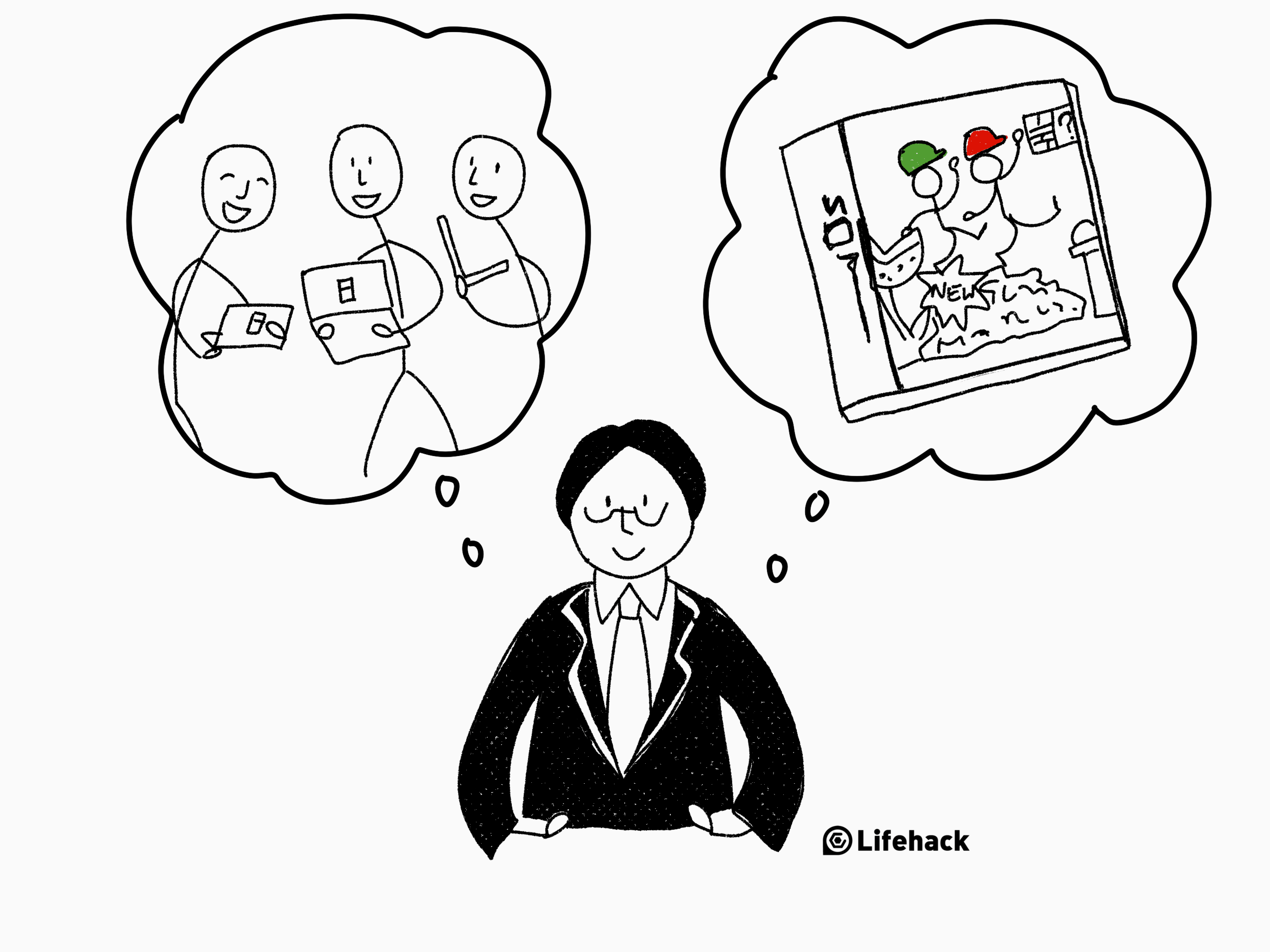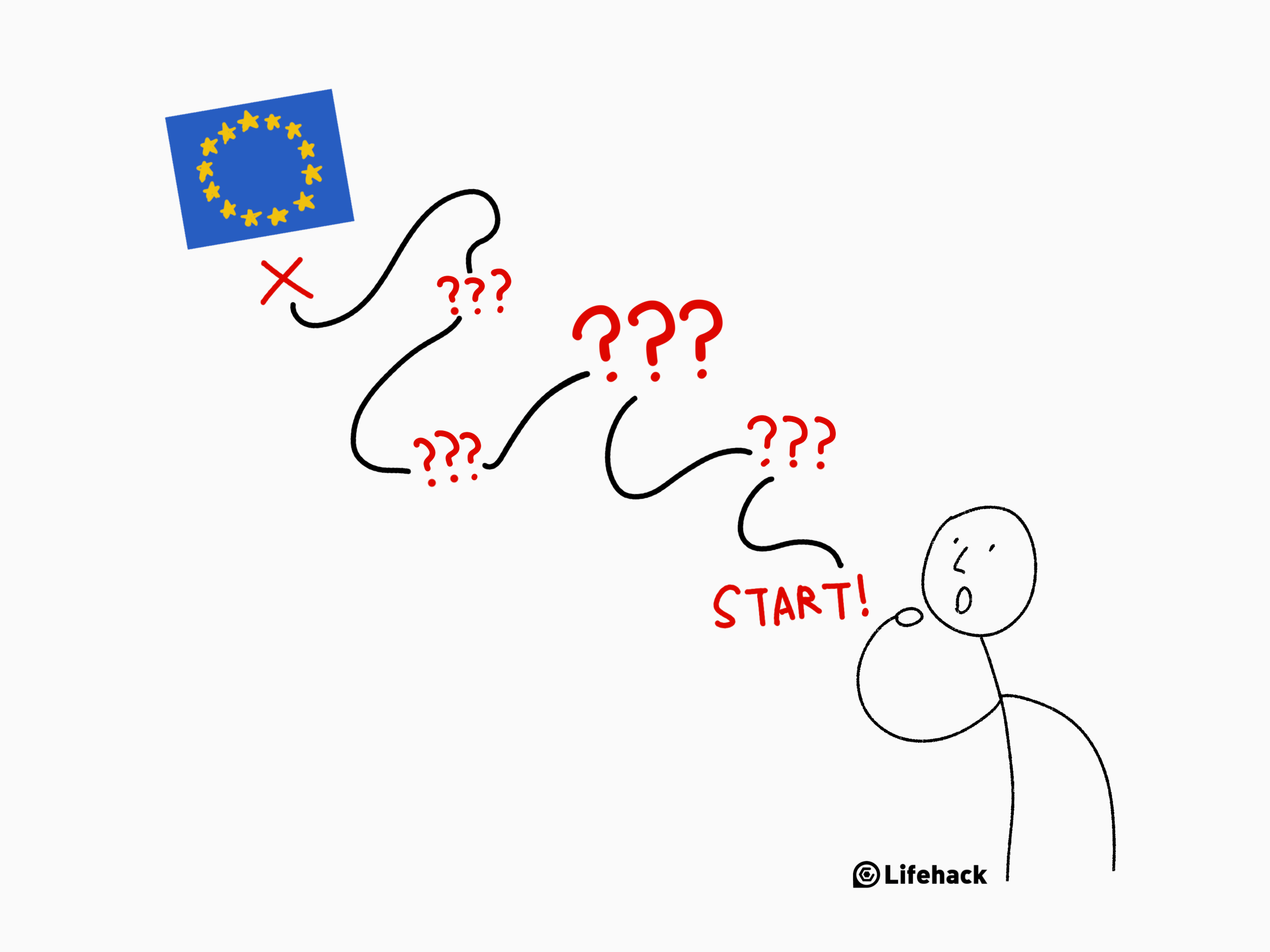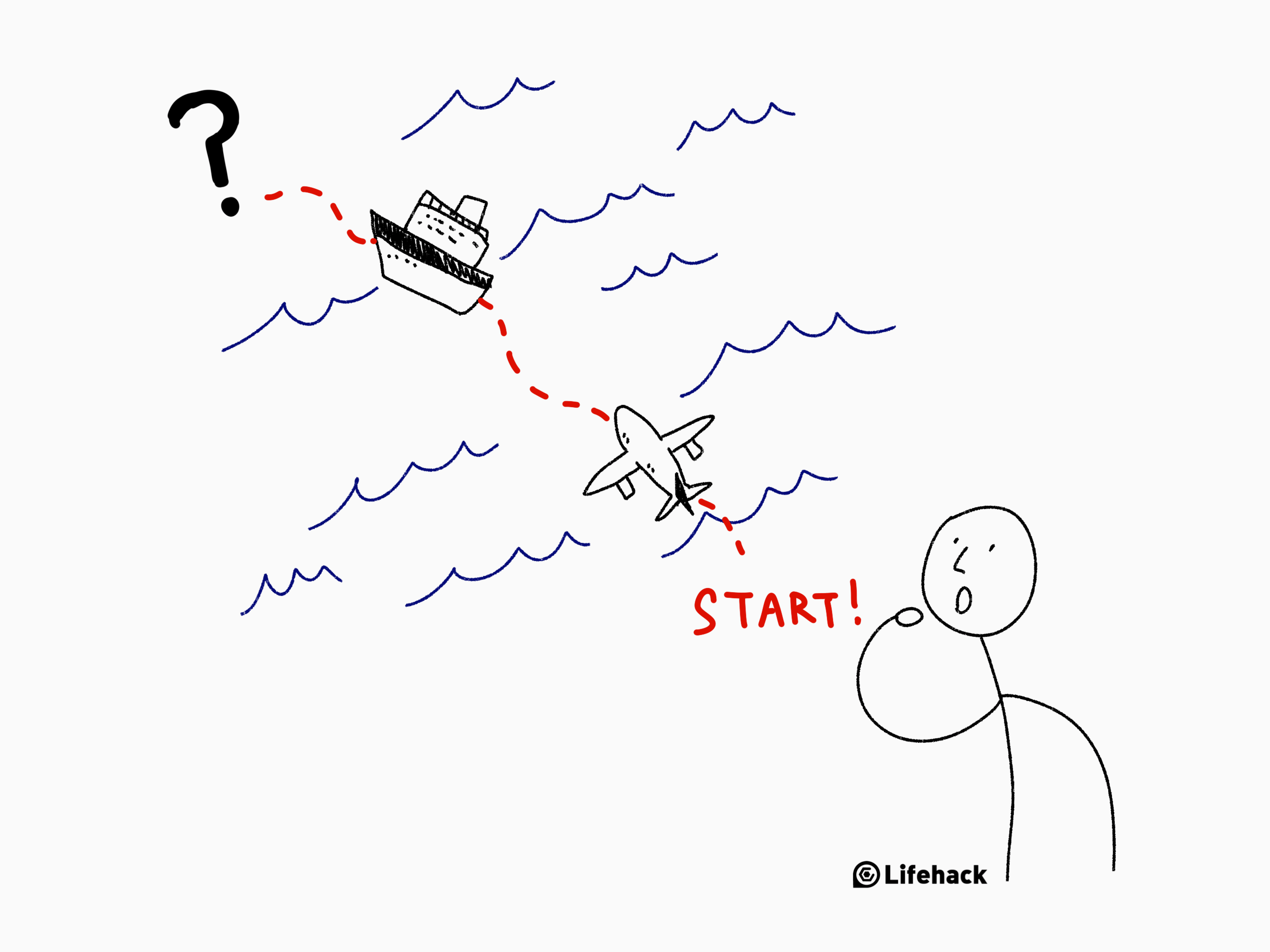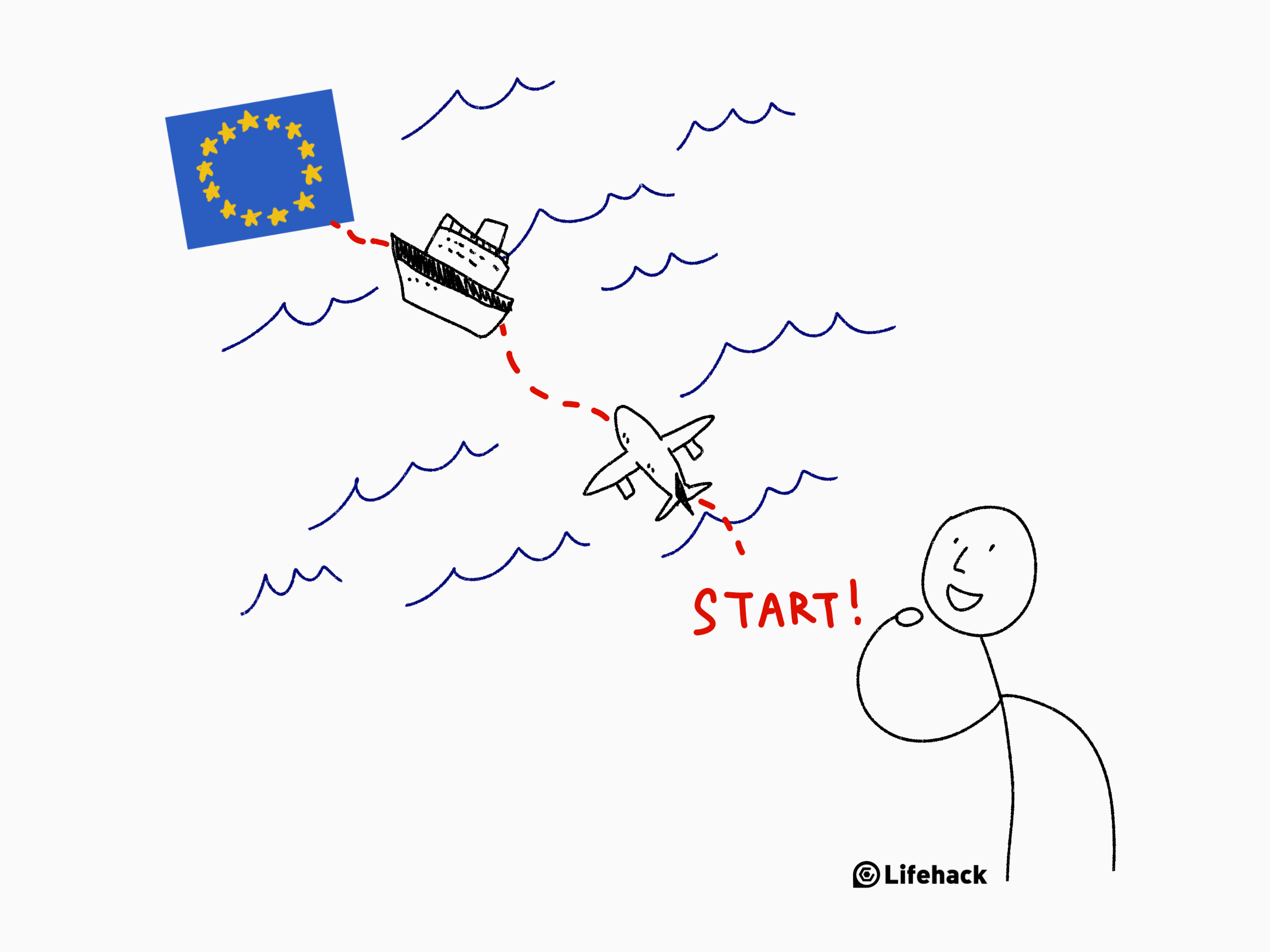Southwest Airlines has been around since 1966, and is generally considered one of the better airlines in the industry. While some airlines focus on big, potentially expensive amenities, Southwest focused its business model on cheaper flights and painless “commuter”-type flights for people who wanted to get from A to B with no fuss. Over time, Southwest’s business model has increasingly become the industry standard for airlines.[1]
Southwest’s broader strategy was cheaper, easier-to-get flights. But strategy is meaningless without tactics. (Some call this “execution.”)
To get cheaper flights, they reduced flight attendants, changed flight models, limited carry-on baggage, and even changed the process of boarding.
Strategy is the what part of thinking about organizational mission: long-term goals. Tactics are the how part: the best practices, specific plans, milestones, resources, and generally how you’ll execute the overall strategy.
You need both in life.
The Art of War: Strategy vs Tactics
One of the most famous books ever written, The Art of War, has a quote along these lines:
Strategy without tactics is the slowest route to victory. Tactics without strategy is the noise before defeat.
That book was written more than 2,500 years ago. The context still applies, though. You need both strategy and tactics. You can’t just long-term plan, and you can’t just execute. Both ultimately end up nowhere.
Strategy and tactics are all over the business world these days. New books on business strategy seemingly come out every day, and the overall “leadership industry” — often teaching executives how to think about strategy and tactics — is somewhere around $44 billion.[2]
Think about some well-known strategies, for example:
- Facebook wants to be immersive in people’s lives; they want to be the great connector of our time. That’s the broader strategy. One tactic was to acquire other platforms where people spend a lot of time, i.e. WhatsApp and Instagram.
- Muji wants to make their products simple. Tactically, they only focus on one feature at a time, and their shops use a simple color tone in design.
- Nintendo wants to design engaging games that are easy for anyone to pick up and play (strategy). This is why you see them focus more on progressive games instead of complicated role-play games.
Strategy Makes Things Clear
The pros are that having a strategy sets a clear goal and makes it easier to align the efforts of different parties — because the shared goal is the strategy. This ideally creates more long-term stability.
Unfortunately, strategy isn’t easy to measure because it’s long-term (most businesses focus short-term) and it combines a number of different tactics (cross-departmental measurement can be hard). Strategy is also less flexible and it’s harder to make big, strategic decisions and changes. It usually requires a lot of time and input from multiple people, which can slow down a business as it attempts to innovate.
Tactics Make Things Concrete
Essentially the reverse of the above — tactics are quick wins where results are often easy to see and track. There are less concerns about flexibility.
But as noted in The Art of War, a focus solely on tactics lacks the bigger picture. It’s short-term and unstable, which can cause frustration. This is when you have a job where it seems like all you do is execute but you’re never sure what or why the outcome is.
When Strategy or Tactic Is Left Out
Think of Apple, one of their initial strategies was to make computers portable and universal, which they largely achieved. One of the tactics over time was bringing phone weight down and making that portable, which led to the iPhone. Now the iPhone is on its 10th iteration, it’s essentially a portable computer that can perform lots of different functions, but Apple is having a mini-crisis of strategy. While they have lots of cash, the strategy needs to be updated. They can’t keep producing similar phone products. Their growth has stunted a bit because the tactics outpaced the strategy and the strategy isn’t updated.
Now think of a personal example. Let’s say you were taking a test in high school and you knew the format would be lots of short questions and a few long ones. The short ones, in total points, are worth more. If you want a high score, your strategy might be to focus on the short ones (practice there and do them first on the actual test), and then do the long ones when time permits. That’s your strategy, and your tactic is doing the short questions first.
If you had no strategy for this test, you’d go in blind without an idea how to approach the test. If you had no tactic, you’d spend your time in the wrong parts. Either way, you wouldn’t get the highest score.
Making it Optimum: Strategy x Tactics
Strategy and tactics together allows you to have long-term focus with short-term execution.
You should use this dual approach regularly in daily life. If you’re trying to reach your target on closing more deals, your strategy can be to focus on high-spending groups. Your tactics would be to spend 80% of your time locating these high-spending groups and connecting with them — or calling the people who have connections with this group. You don’t focus on low-spending groups.
But how do you align strategy and tactics so you have both?
First, you need to understand purpose.
Sometimes our to-do lists get filled up with tasks that have no purpose. What are you achieving by carrying an action out? Is it helping you achieve your strategic outcome? Is it helping you achieve any of your goals? This component of a tactic serves two purposes:
- It ensures that every tactic helps you achieve your strategic outcome.
- It ensures you’re not wasting time on tasks that provide no return.
Then you need a scheduling component.
For example, many of us become beholden to our email. To avoid that, decide when and how often you’re going to process messages. Actions move you towards your goals, while scheduling ensures actions are executed. It also keeps you balanced and not as overwhelmed.
Finally, you need to understand how measurable results work.
When you complete something, can the result be measured? There’s usually no need to track these results meticulously for every task, but when you’re unsure whether a task is working for you or just wasting your time, measurement provides hard answers.
To understand more about how strategy and tactics align and work together, check out this article: Tactics & Strategy: Do you know the difference?
Featured photo credit: 3plusplus via 3plusplus.net
Reference
| [1] | ^ | Investopedia: Southwest Airlines’ Business Model Could Soon Be the Industry Standard |
| [2] | ^ | The New Yorker: Shut Up and Sit Down |

